How Big of an Auto Loan Can I Afford?
This calculator helps you estimate the size of auto loan you can afford.
Automobile loans are one of the most prevalent forms of loans in our country. Over 70% of car purchases involve a loan, and this number jumps to almost 85% for new car sales.
Unfortunately, many auto purchasers are not properly assessing their ability to pay these loans. Auto loan payment delinquency is at its highest rate since the 2008 recession. In fact, 2.6% of car purchasers who took out an auto loan in the 1Q of 2014 have missed at least one loan payment in the last year. This is the highest delinquency rate since 2008, when it reached 3%.
One of the reasons for this rise in delinquency is the fact that dealers are offering longer-term loans (some across 6-7 years) to consumers with lower credit ratings. While these loans require lower monthly payments, they feature higher interest rates, and, of course, will take longer to pay off than shorter-term loans.
Part of the responsibility, however, needs to fall on the shoulders of car purchasers, who need to do a better job of properly assessing the amount of auto loan they can afford. The Auto Loan Calculator below will help car purchasers determine the size of loan that works with their budget.
Questions & Answers (Compliments of Consumer Financial Protection Bureau)
+ What is the difference between fixed- and variable-rate auto financing?
Fixed-rate financing means the interest rate on your loan does not change over the life of your loan. With a fixed rate, you can see your payment for each month and the total you will pay over the life of a loan. You might prefer fixed rates if you are looking for a loan payment that won’t change.
Variable-rate financing is where the interest rate on your loan can change, based on the prime rate or another rate called an “index.” With a variable-rate loan, the interest rate on the loan changes as the index rate changes, meaning that it could go up or down. Because your interest rate can go up, your monthly payment can also go up. The longer the term of the loan, the more risky a variable rate loan can be for a borrower, because there is more time for rates to increase.
+ What is a loan-to-value ratio in an auto loan?
A loan-to-value ratio (LTV) is the total dollar value of your loan divided by the actual cash value (ACV) of your vehicle. It is usually expressed as a percentage. Your down payment reduces the loan to value ratio of your loan.
Your loan terms may be affected by the loan-to-value ratio, because the vehicle is the collateral for the loan, which means that if you default on your loan, the lender can take the vehicle. The lender may seek a down payment to reduce the size of the loan and make it less likely that the amount you owe on the loan will be more than the vehicle is worth.
Your vehicle’s actual value is often lower than what you paid, especially immediately after you purchase a new vehicle. The value of a new vehicle typically goes down sharply when you drive off the lot, and then declines more slowly as you continue to use it.
+ What's the difference between a simple interest rate and precomputed interest in an auto loan contract?
Simple interest and precomputed interest are different ways to calculate your interest due. The simple interest method uses the amount or actual balance outstanding on the day your payment is due. If you pay more than your monthly payment, this amount should get smaller as you pay down your loan. The precomputed interest method always uses the original payment schedule to figure interest, even if you make payments early.
If you have a contract with precomputed interest and plan to pre-pay your loan early in full or make larger payments in advance of your regularly scheduled amount, you will not get the same reduction in the interest charges that you would if your contract had a simple interest rate. If you pay on time for each payment over your loan term, there is little difference between simple and precomputed interest.
